Some birds defy nature by migrating over vast, seemingly impossible distances. These remarkable travelers cover thousands of miles across oceans, continents, and harsh landscapes. Their journeys are a testament to endurance, navigation, and survival. Let’s explore the fascinating world of birds that soar across the planet, against all odds.
Arctic Tern
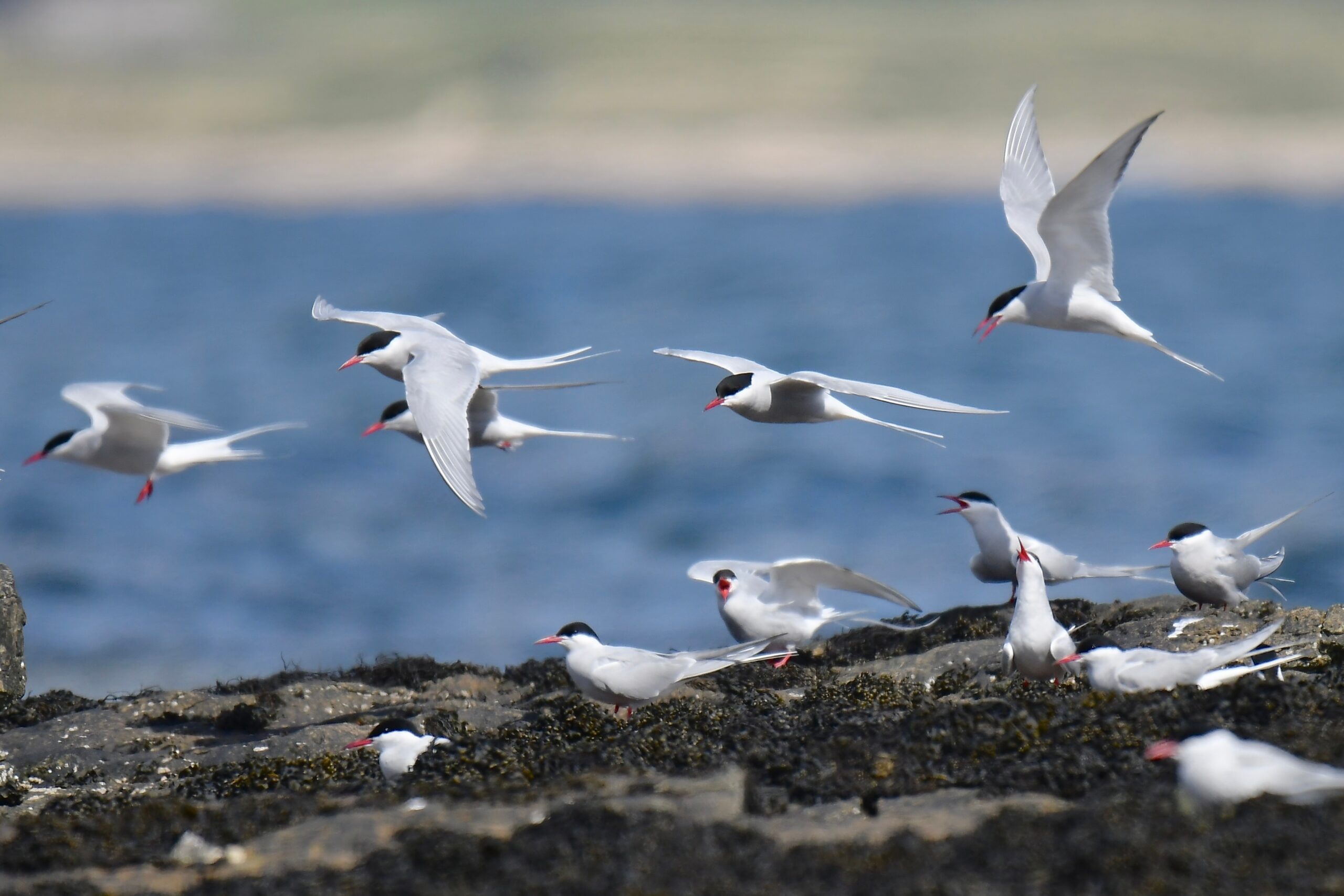
The Arctic Tern holds the record for the longest migration of any bird. It travels from the Arctic to the Antarctic and back, covering nearly 25,000 miles annually. This small, graceful bird flies in a zigzag pattern to take advantage of wind currents. It spends more time in daylight than any other species, chasing endless summer between the poles. Their incredible journey highlights their unmatched stamina and navigation skills.
Bar-tailed Godwit

The Bar-tailed Godwit is known for its non-stop flight across the Pacific Ocean. This shorebird flies over 7,000 miles without pausing to rest or eat. It stores energy by doubling its body weight before migration, burning it off during the journey. The Godwit flies from Alaska to New Zealand, following precise routes year after year. Their ability to endure such a journey shows remarkable evolutionary adaptation.
Sooty Shearwater
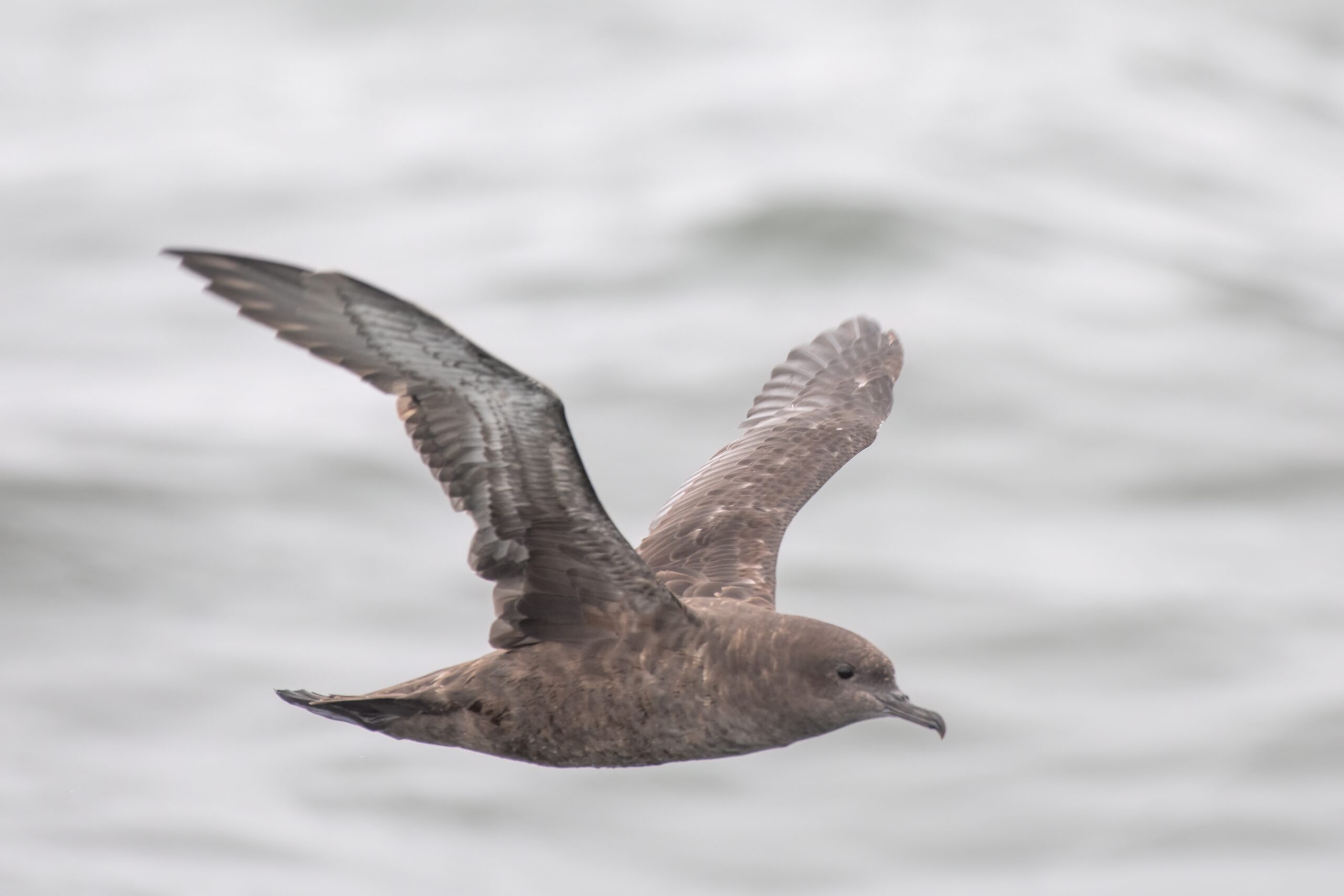
Sooty Shearwaters embark on one of the longest migrations, circling the Pacific Ocean in a figure-eight pattern. These birds cover more than 40,000 miles annually. They are fast fliers, gliding over ocean waves and taking advantage of strong winds. Their migratory path takes them from breeding sites in New Zealand to feeding grounds in the North Pacific. Their long-distance endurance is unparalleled among seabirds.
Red Knot
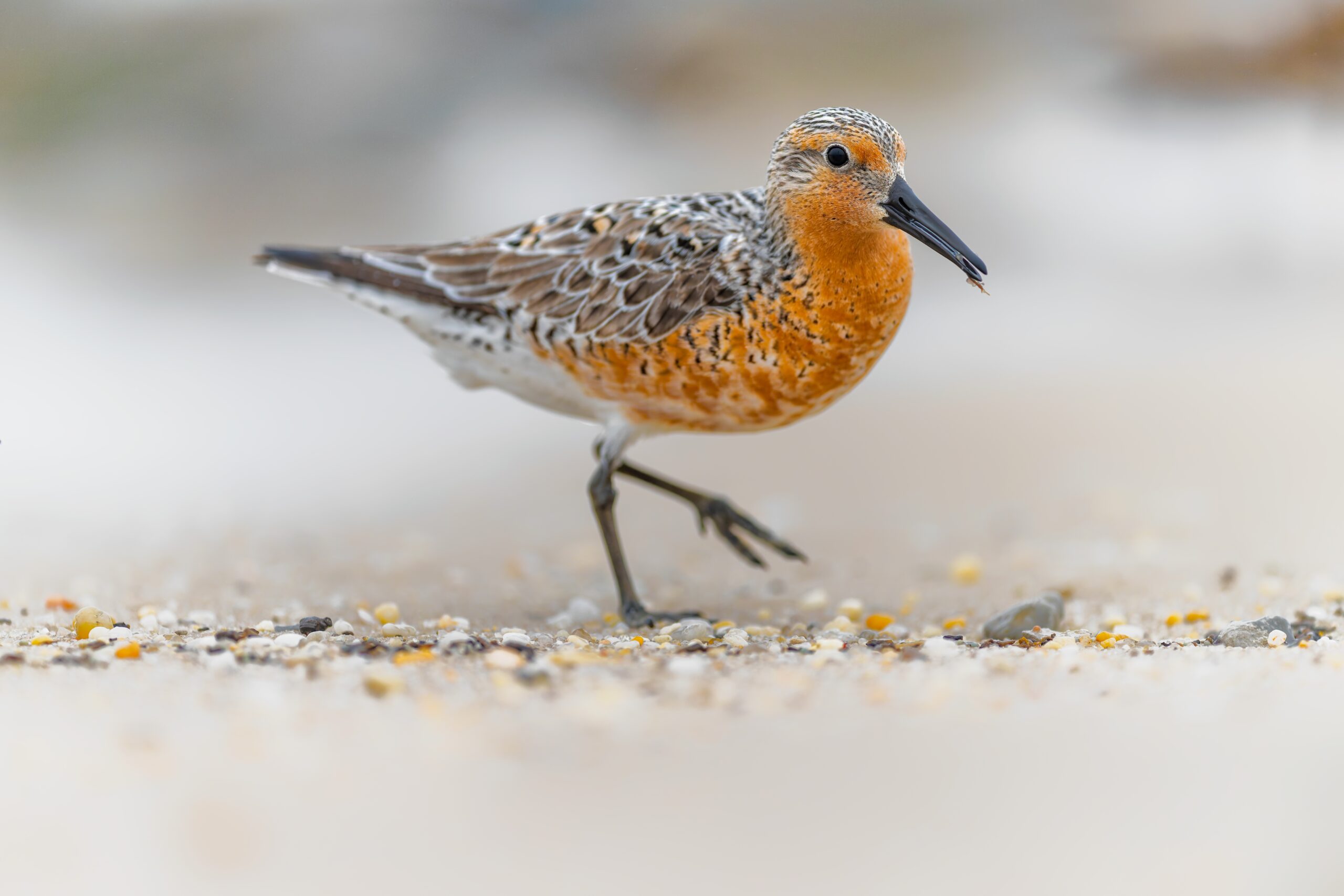
The Red Knot migrates from the Arctic to the southern tip of South America. This shorebird covers more than 9,000 miles twice a year, flying in large flocks. It relies on critical stopover sites to refuel along the way. The Red Knot’s journey depends on the timing of food availability, especially horseshoe crab eggs on the U.S. East Coast. Their migration is a delicate balance of timing, energy, and survival.
Blackpoll Warbler
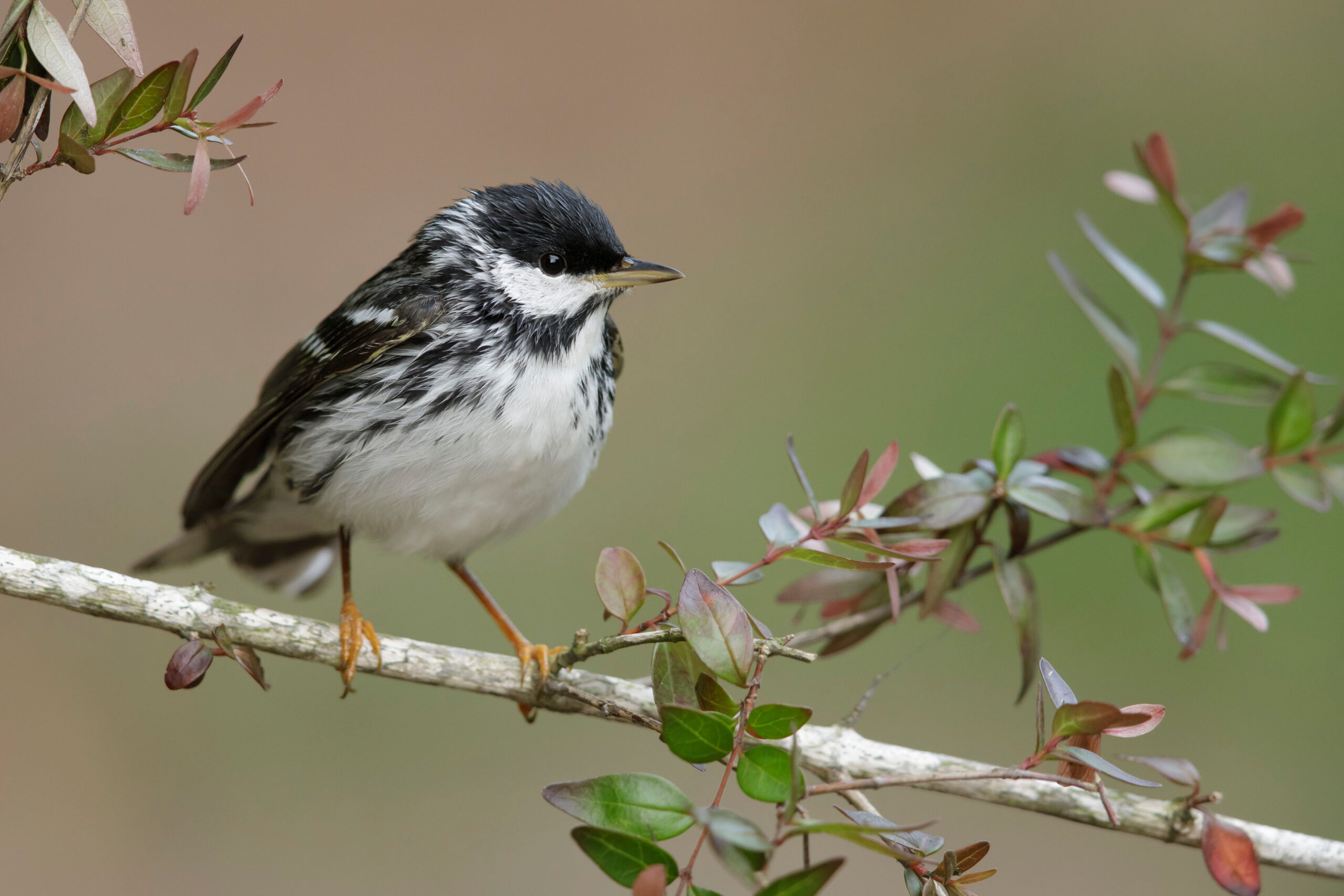
The tiny Blackpoll Warbler undertakes an astounding migration for its size. Weighing less than an ounce, it flies non-stop over the Atlantic Ocean for nearly 1,800 miles. This songbird departs from North America and heads to South America for winter. It takes advantage of favorable winds to complete the long journey. The Blackpoll Warbler’s incredible endurance makes it a remarkable long-distance migrant.
Ruby-throated Hummingbird
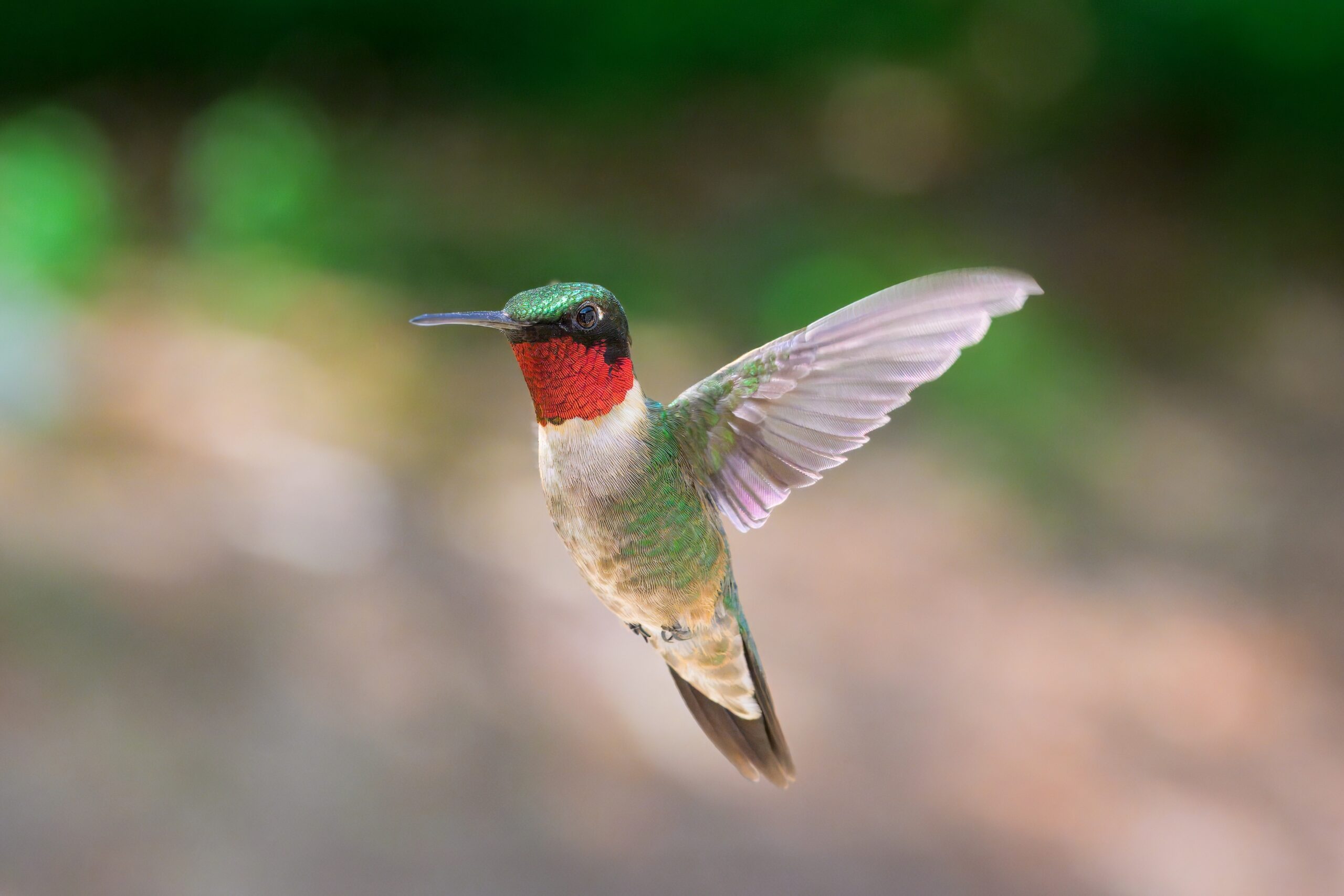
Despite its small size, the Ruby-throated Hummingbird migrates over 500 miles across the Gulf of Mexico. Weighing only a few grams, this bird prepares by doubling its body weight before departure. It travels non-stop, powered by stored energy, to reach Central America. The hummingbird’s journey is swift and efficient, using remarkable navigation abilities to find its destination. Their migration is a marvel of determination.
Swainson’s Hawk
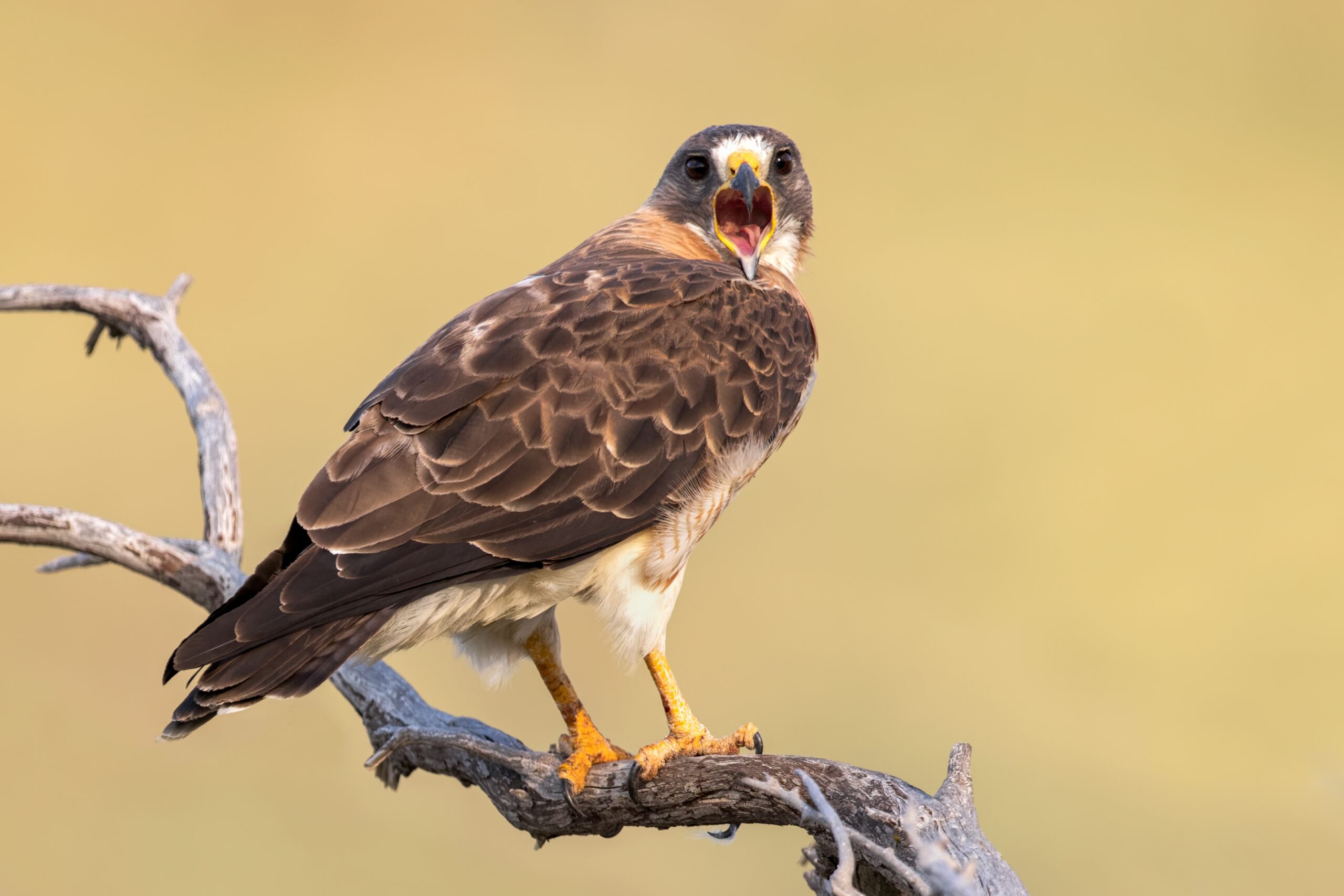
Swainson’s Hawk travels from North America to Argentina, covering around 6,000 miles. This raptor migrates in large groups, soaring on thermal currents to conserve energy. It primarily feeds on insects during its journey, unlike other hawks. Their annual migration is one of the longest of any North American raptor. Their impressive ability to cover such distances showcases their unique adaptability.
Pacific Golden Plover
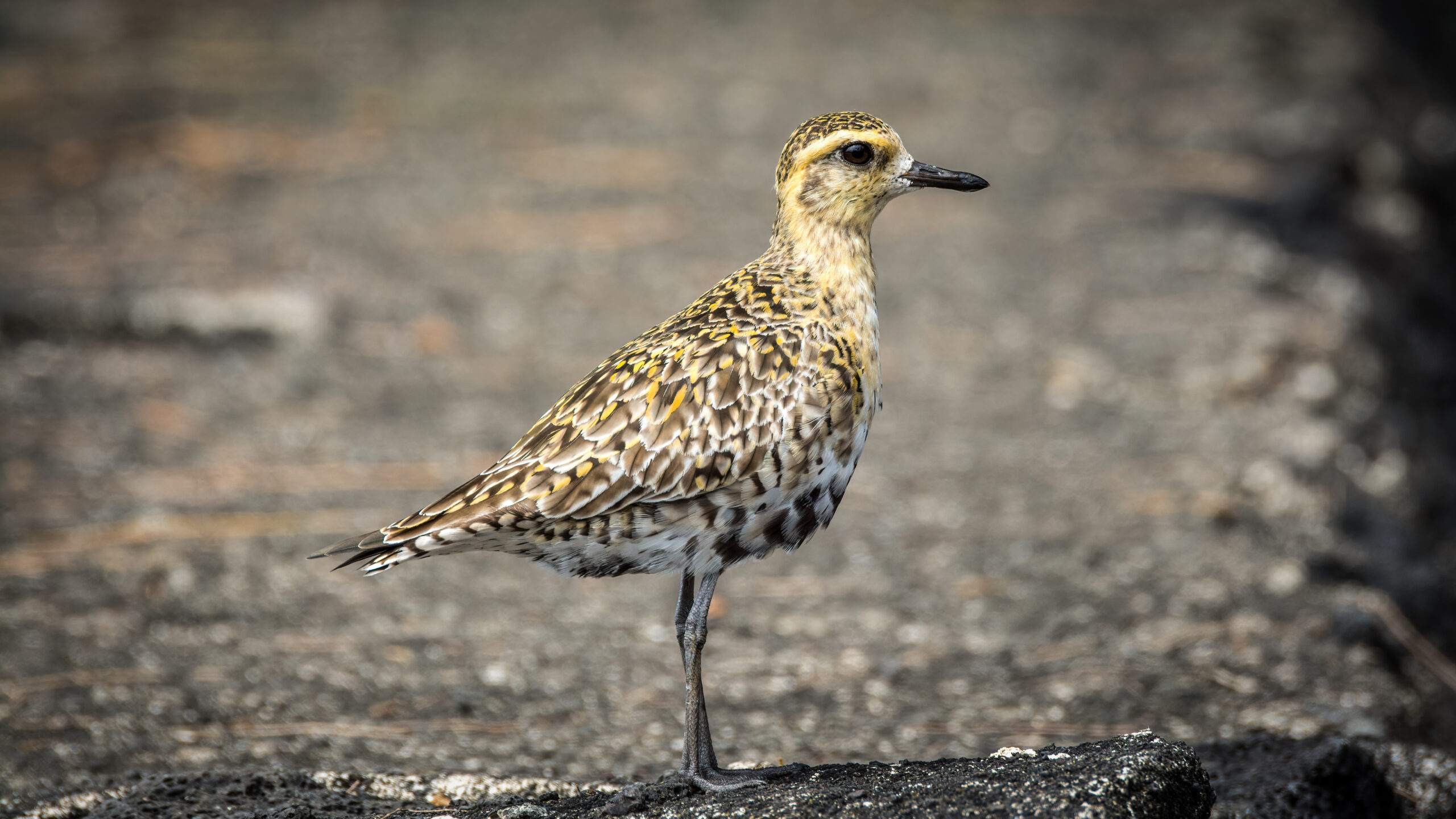
The Pacific Golden Plover migrates from Alaska to islands in the Pacific, including Hawaii, covering up to 3,000 miles non-stop. This shorebird navigates by the stars and Earth’s magnetic fields to find its destination. The plover makes this journey without resting, relying on fat reserves for energy. Their long flights across open ocean demonstrate remarkable navigation and endurance.
Greater Flamingo
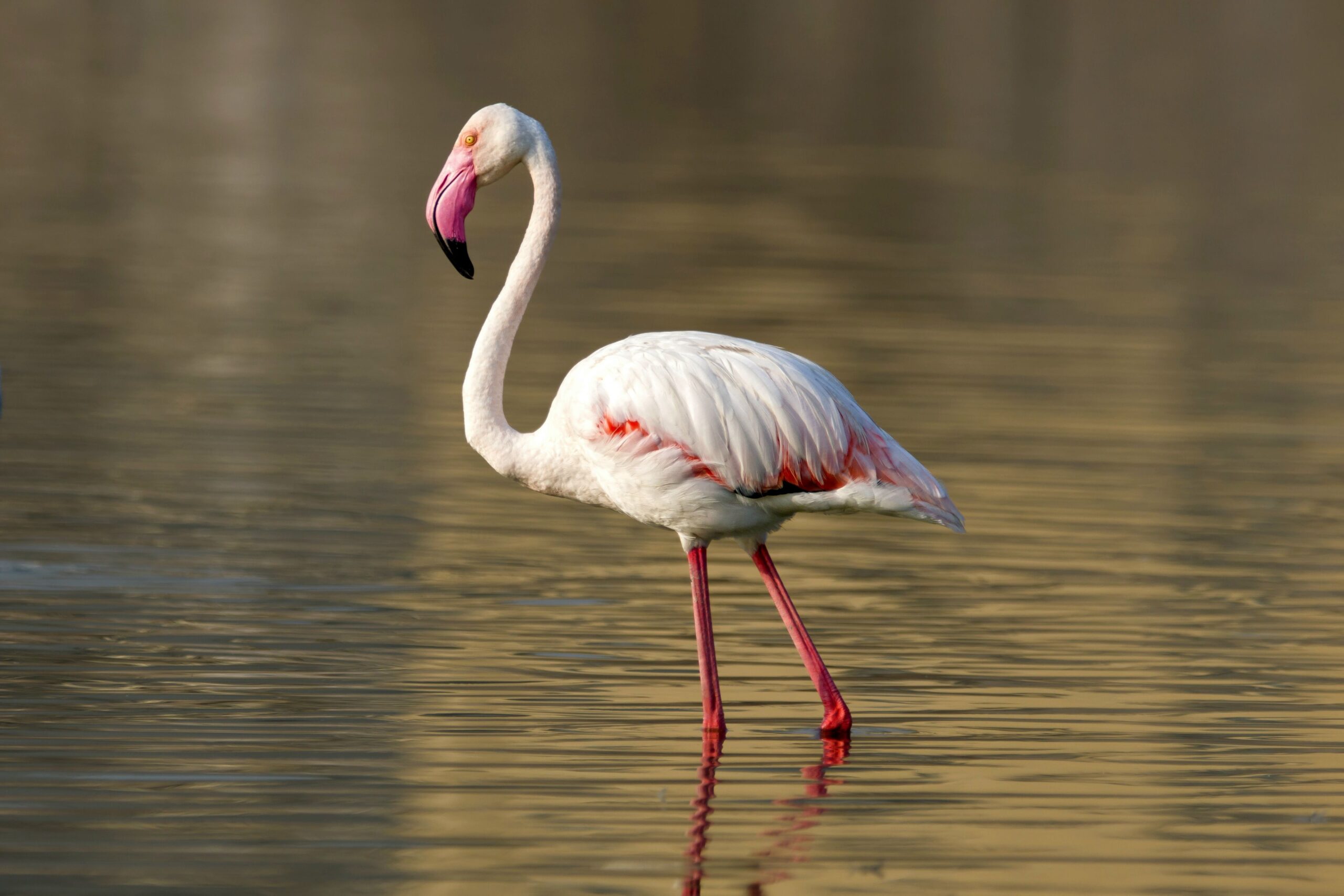
The Greater Flamingo travels vast distances between breeding and feeding grounds. These iconic pink birds migrate from Africa to southern Europe and Asia, covering thousands of miles. They rely on wetland habitats for rest and food during migration. Flamingos travel in large flocks, using thermals to soar through the skies. Their migration is driven by seasonal changes, food availability, and breeding conditions.
Northern Wheatear
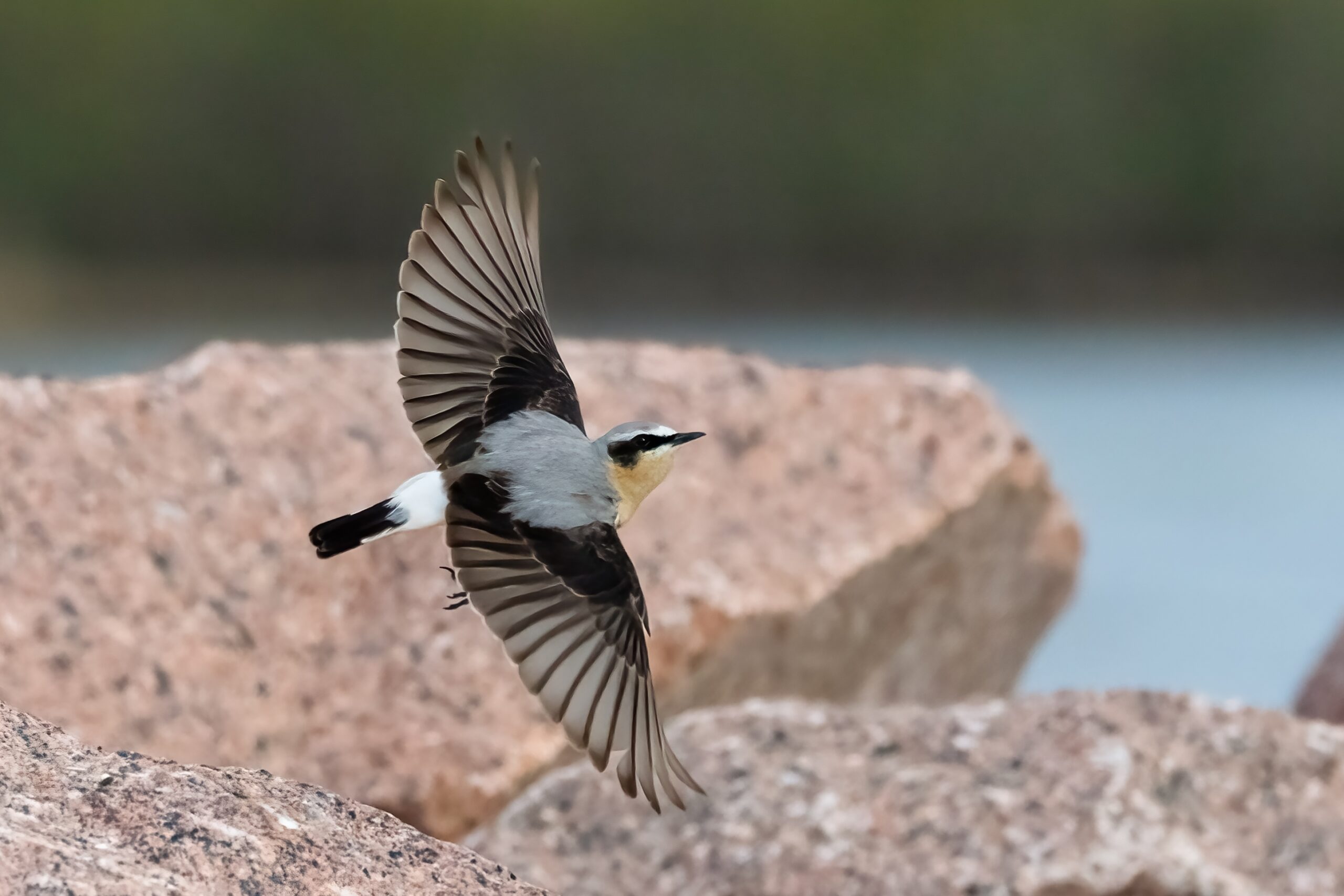
The Northern Wheatear migrates from the Arctic to Africa, a journey spanning over 9,000 miles. This small, insect-eating bird flies across harsh terrains, including deserts and mountains. It relies on stopover sites to refuel along the way. The Wheatear’s journey is one of the longest for any small songbird. Its migration shows remarkable endurance and adaptability in various climates.
Common Swift
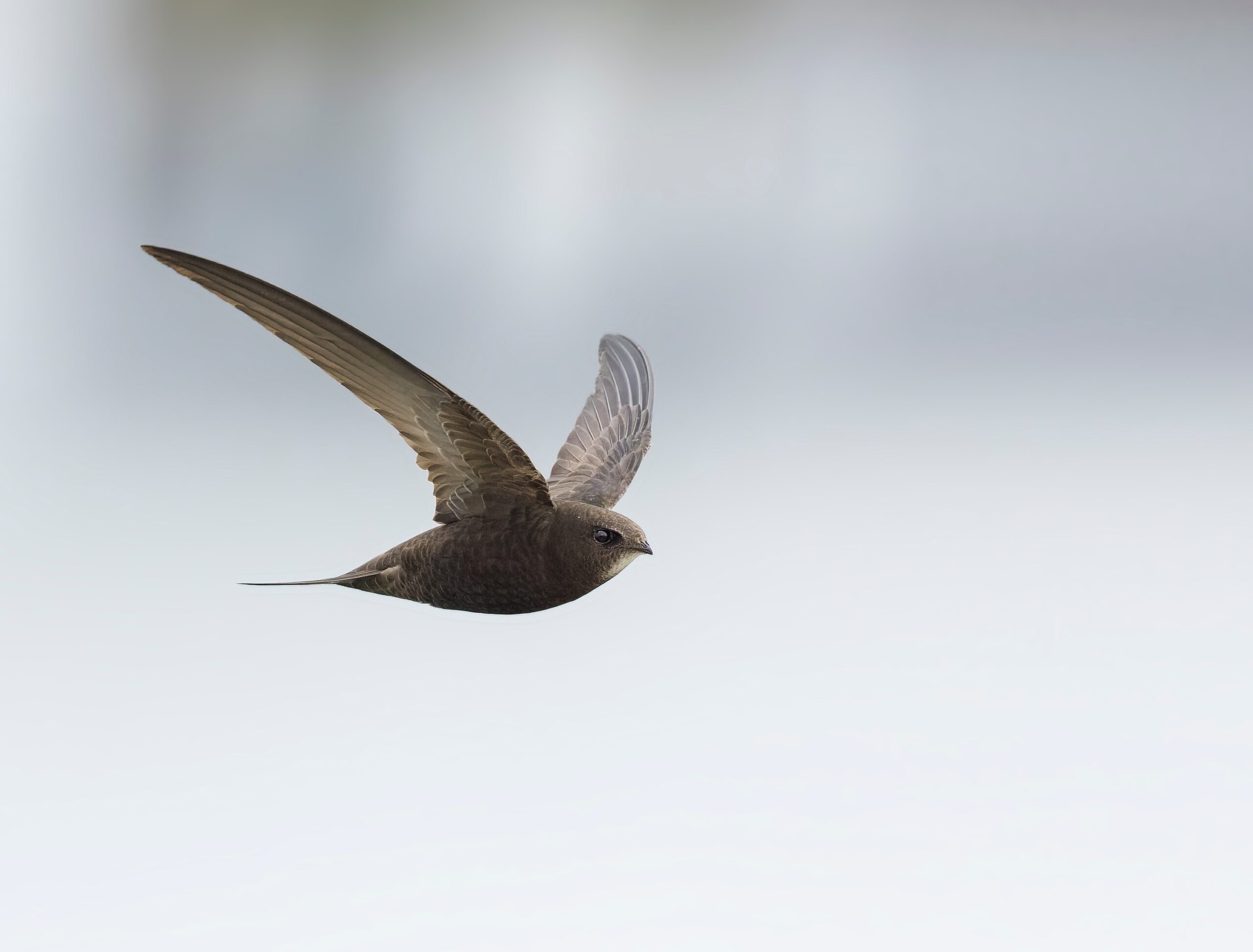
Common Swifts are renowned for spending most of their lives in flight. These birds migrate from Europe to southern Africa, covering around 6,000 miles. Swifts feed, drink, and even sleep while flying, rarely touching the ground. Their aerodynamic bodies and long wings make them efficient travelers. Their migration is a testament to their exceptional flight abilities and stamina.
White-rumped Sandpiper
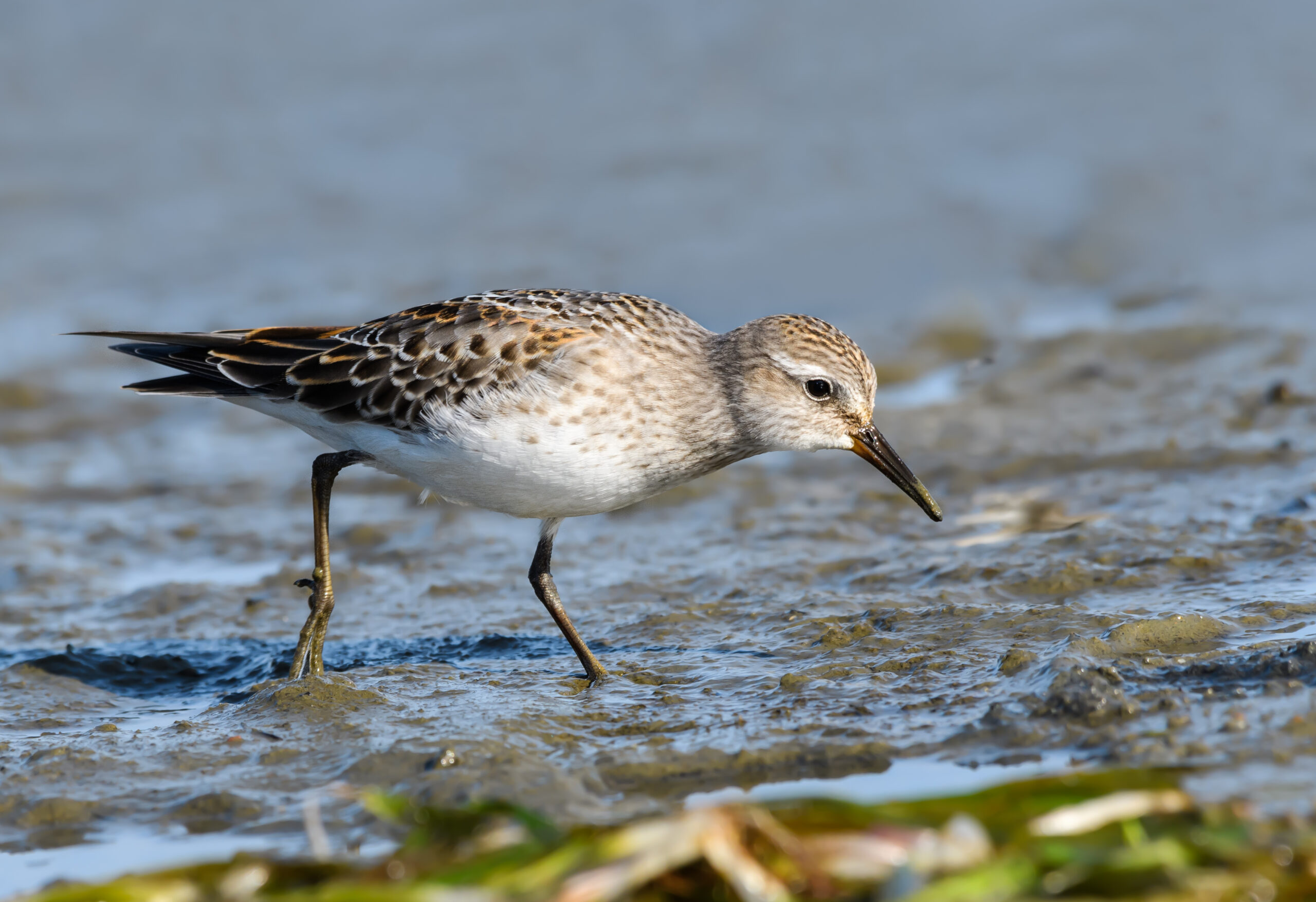
The White-rumped Sandpiper migrates from the Arctic to South America, covering nearly 9,000 miles. This shorebird follows coastlines and wetlands, relying on these habitats for food. It flies in flocks, using a mix of powered flight and gliding. The sandpiper’s long migration is a crucial part of its lifecycle, ensuring survival through seasonal changes. Its journey highlights the importance of key stopover sites along the route.
Blue-winged Teal
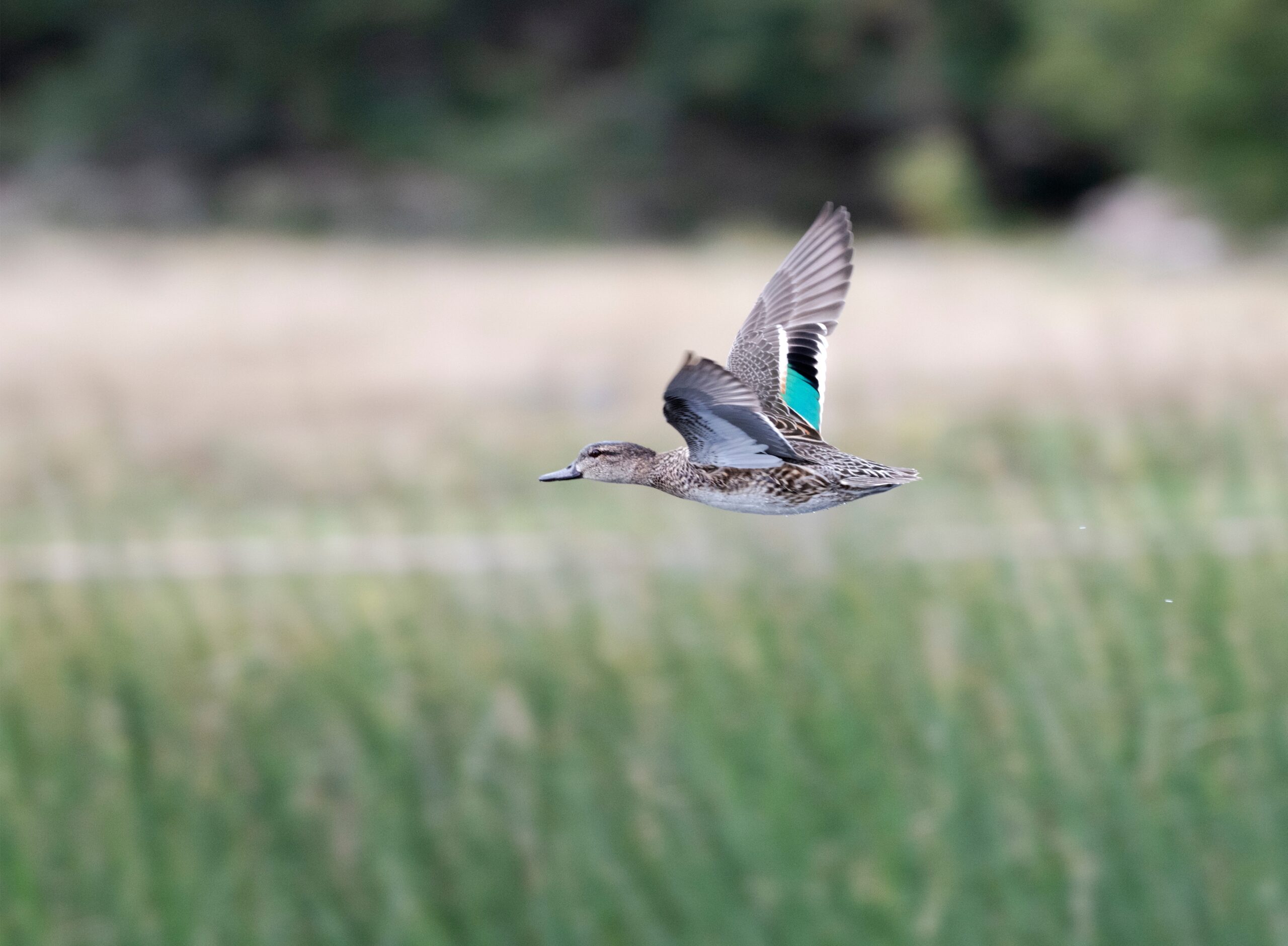
The Blue-winged Teal migrates from North America to Central and South America. It covers around 4,000 miles each way, traveling in large flocks. This small duck relies on wetlands for food and rest during migration. Its migration is one of the earliest among ducks, beginning in late summer. The teal’s long-distance flight showcases its adaptability to different climates and habitats.
Barn Swallow
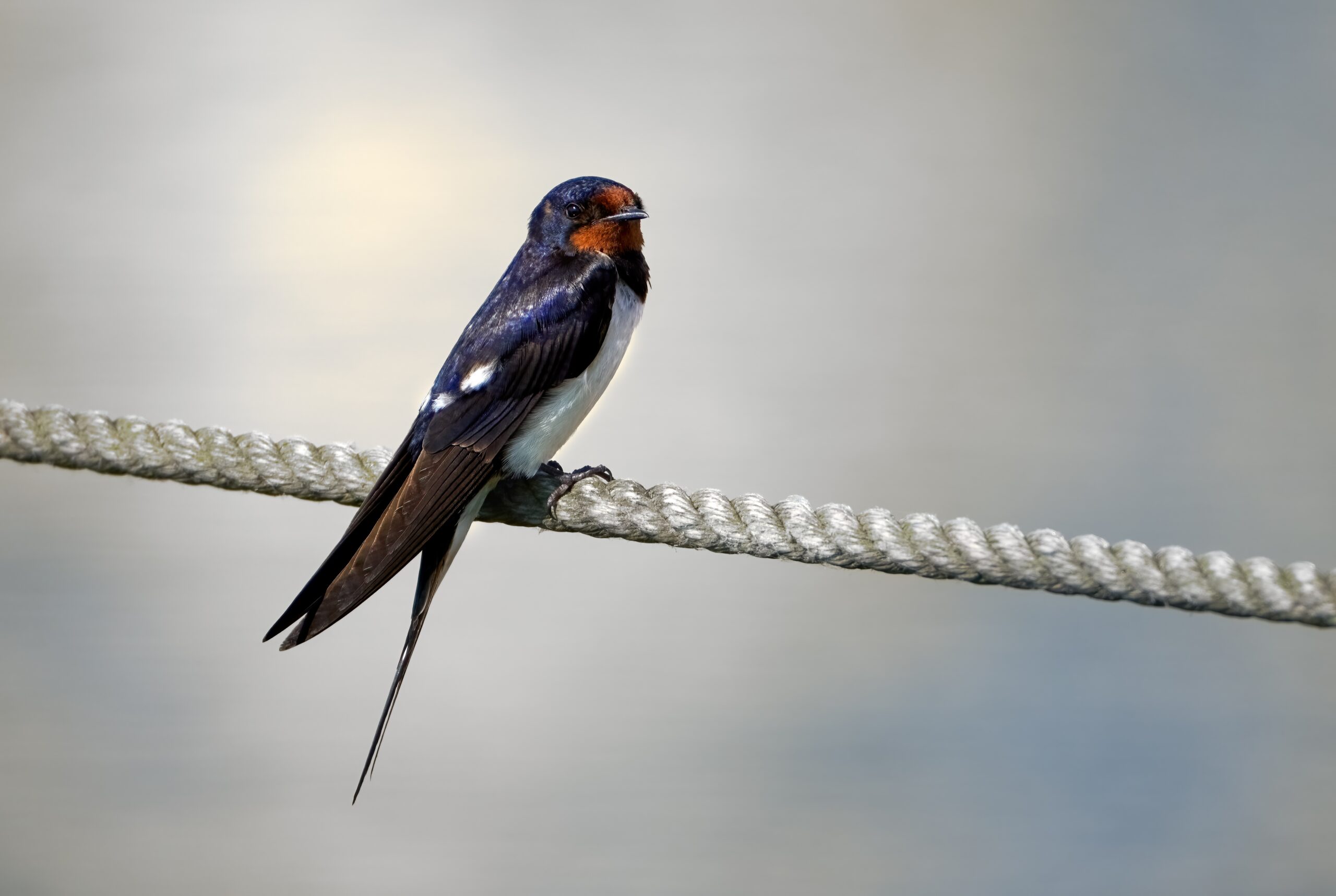
Barn Swallows are known for their graceful, acrobatic flight during migration. These birds travel from Europe and North America to Africa and South America. Their migration can span over 7,000 miles, making them true long-distance travelers. They feed on flying insects along the way, refueling for the journey. Their migration is a key part of their life cycle, ensuring they find suitable breeding and feeding grounds.
Sandhill Crane
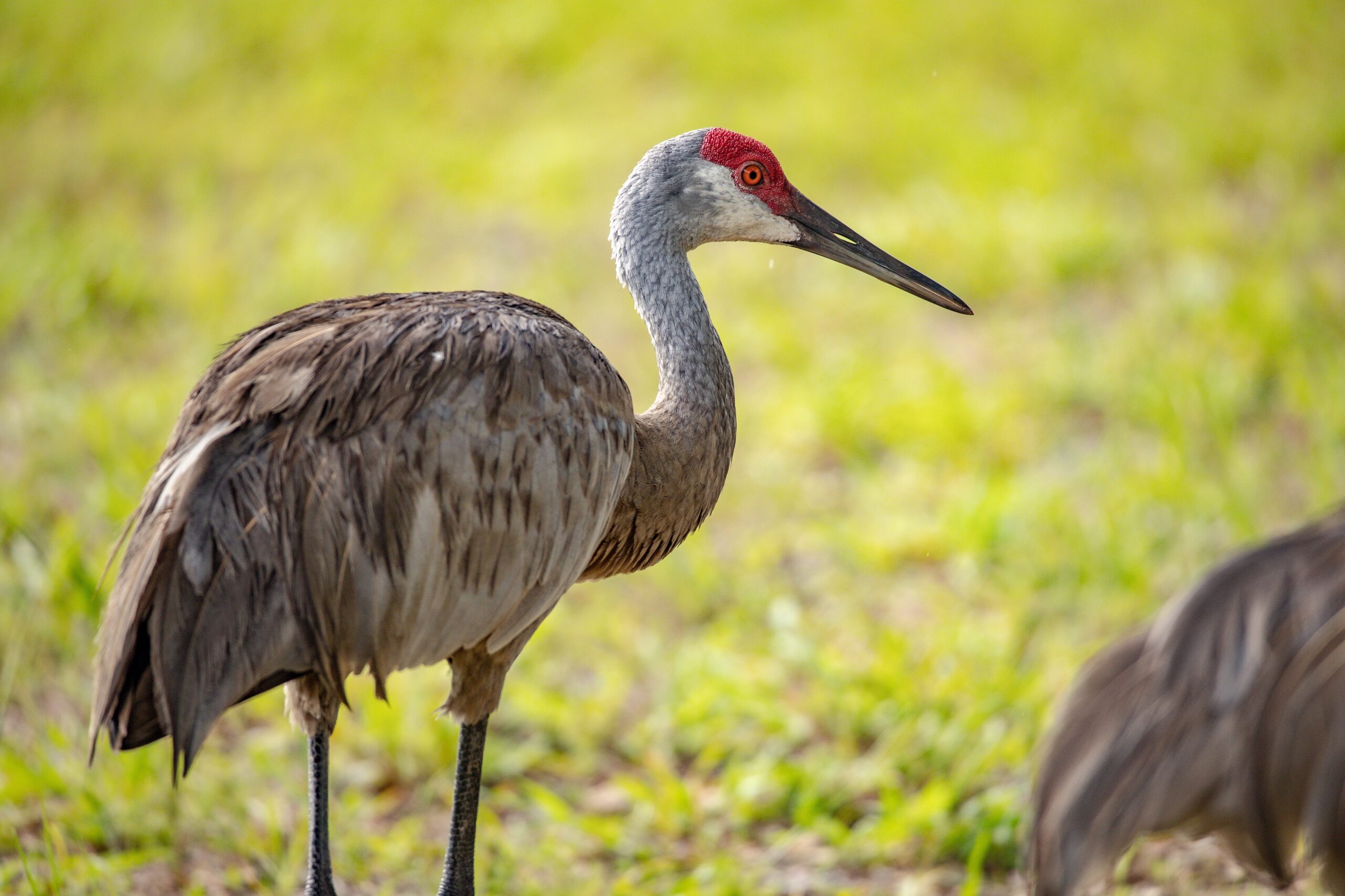
The Sandhill Crane migrates between North America and Mexico, covering around 5,000 miles annually. These large birds travel in flocks, flying in a distinctive V-formation. They rely on wetland stopover sites for feeding during migration. Cranes use thermals to soar for long distances with minimal effort. Their impressive migration is a sight to behold, with thousands of cranes gathering at key stopover points.
Lesser Yellowlegs
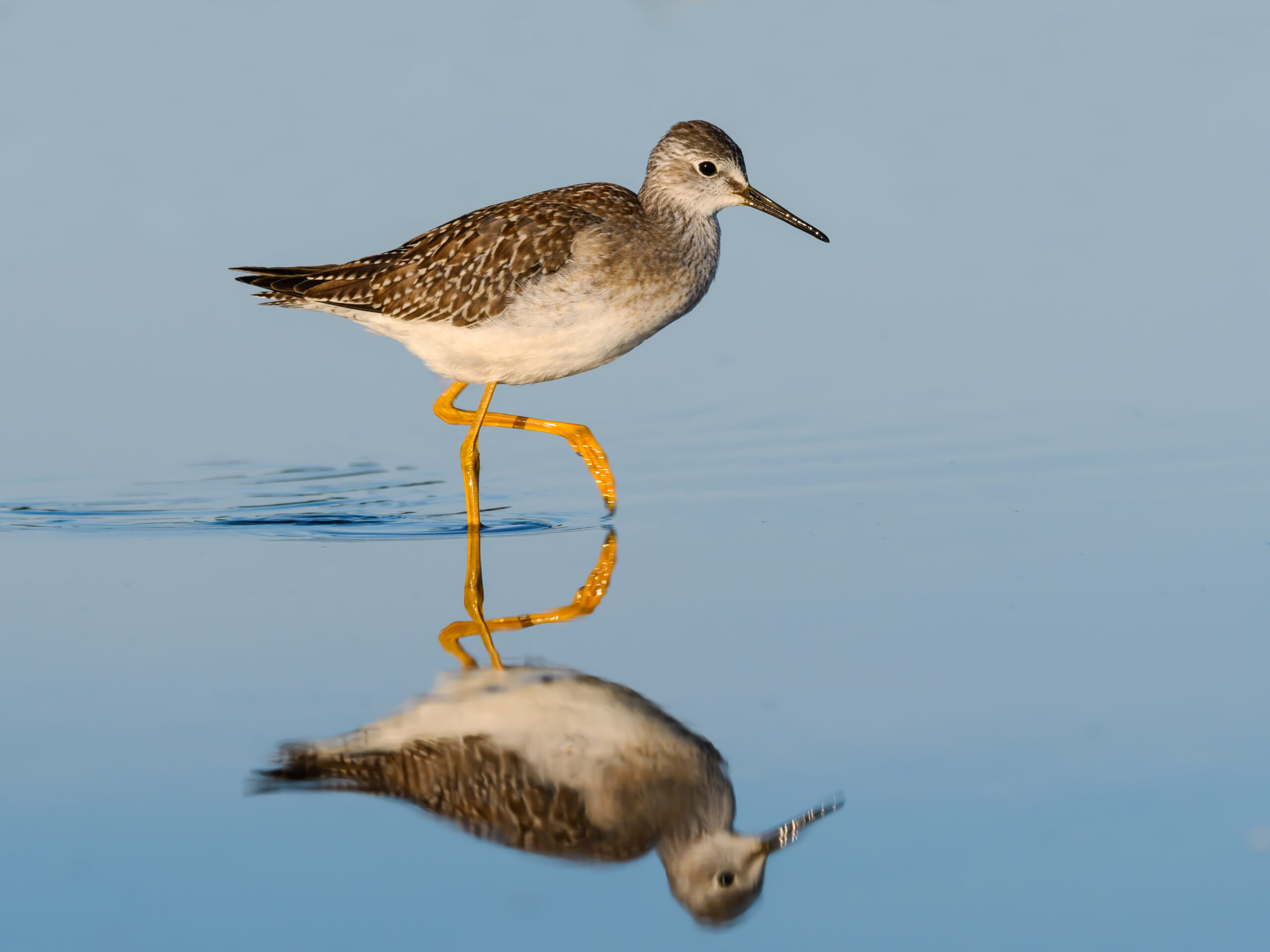
The Lesser Yellowlegs migrates from the Arctic to South America, covering more than 8,000 miles. This slender shorebird relies on wetlands and mudflats for food along the way. It travels in small flocks, using precise navigation to find its wintering grounds. The yellowlegs’ migration showcases its adaptability to various environments. Its long-distance journey ensures it can escape harsh northern winters.
Bristle-thighed Curlew
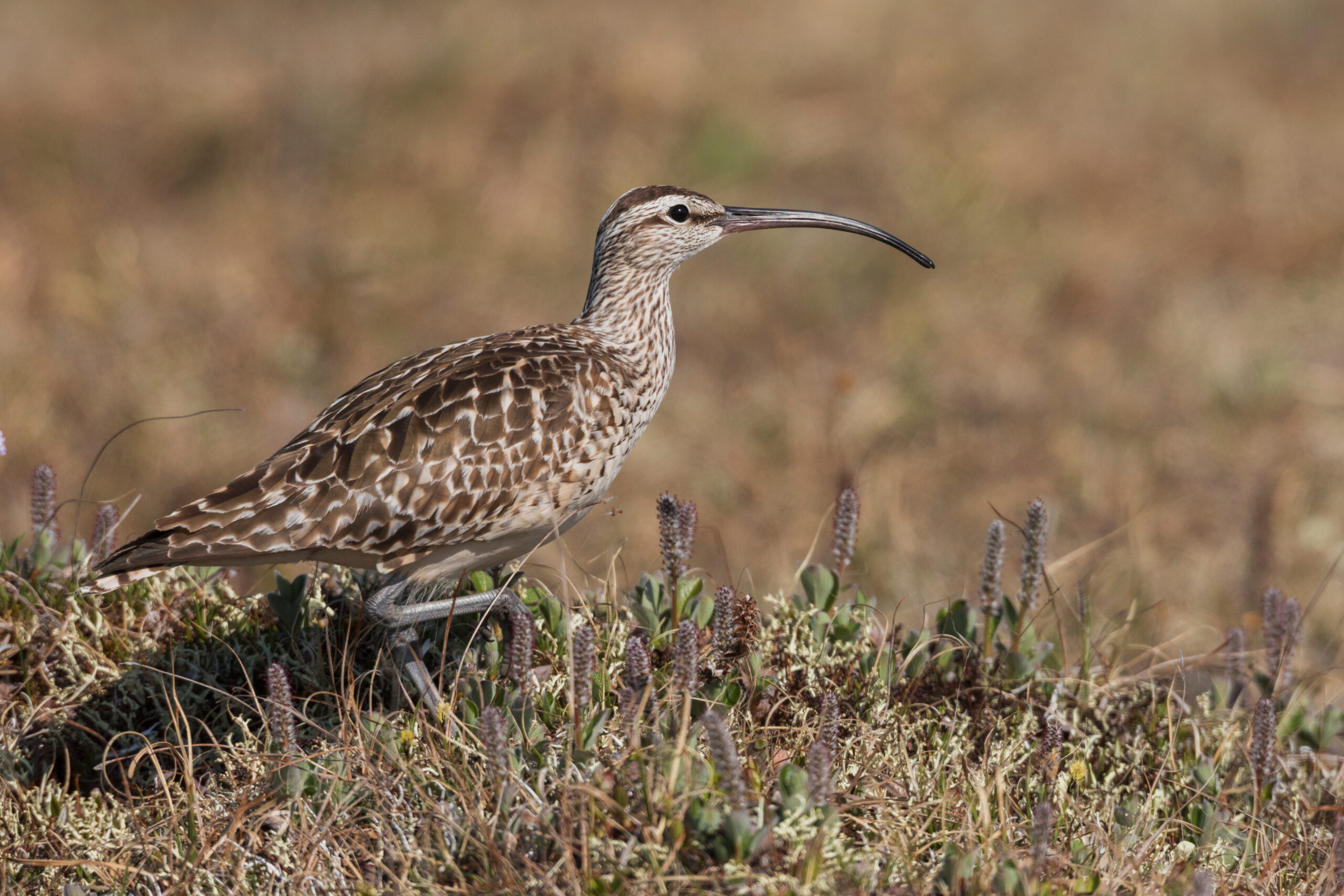
The Bristle-thighed Curlew migrates over 3,000 miles from Alaska to tropical islands in the Pacific. This shorebird undertakes a non-stop flight over open ocean, relying solely on fat reserves for energy. It breeds in the Alaskan tundra before making the long journey to its wintering grounds. These birds are unique among shorebirds, as they lose the ability to fly after molting. Their impressive migration highlights their resilience and reliance on precise navigation.
Pectoral Sandpiper
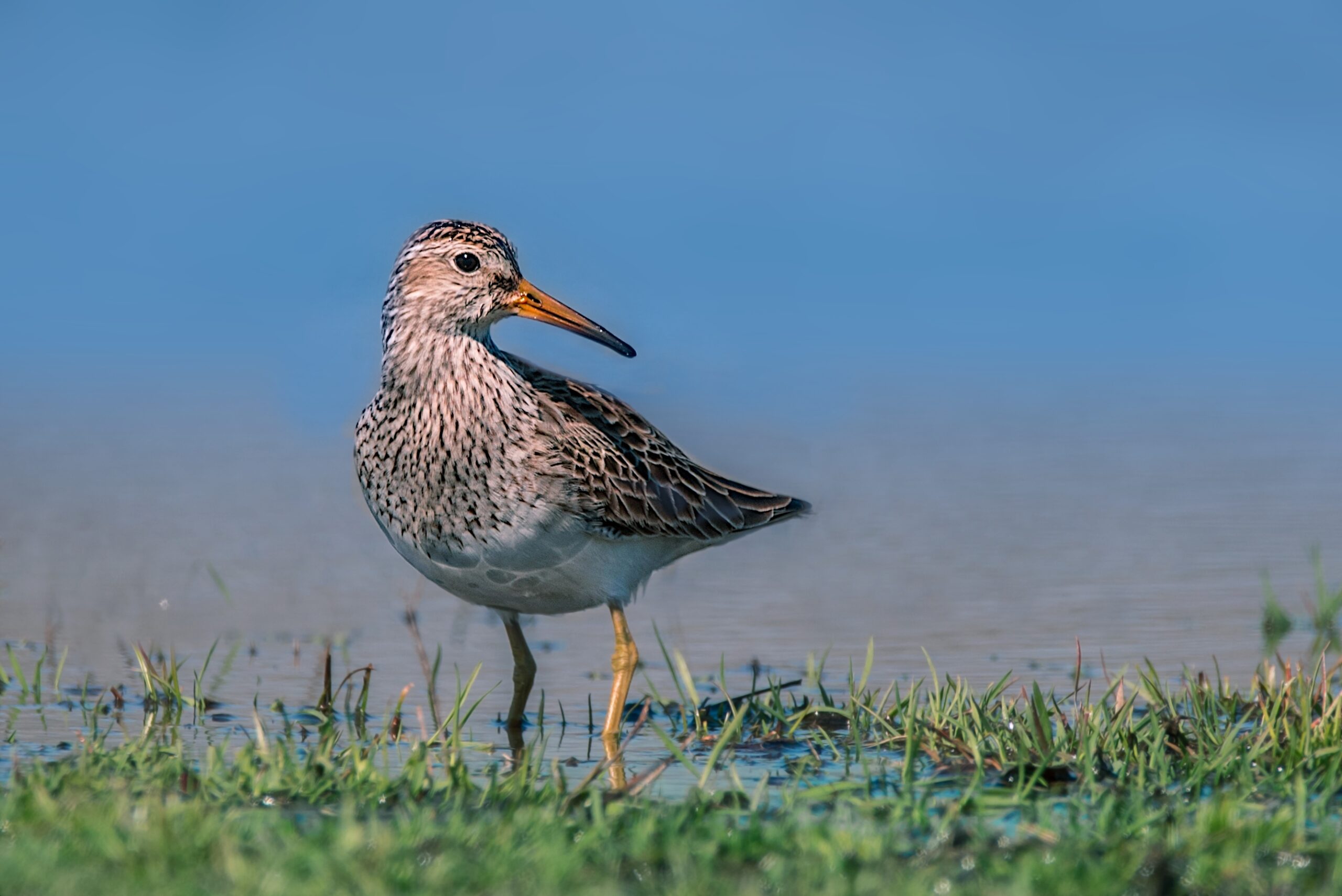
The Pectoral Sandpiper migrates from the Arctic tundra to South America, covering nearly 10,000 miles. It relies on wetlands and grasslands for food during its long journey. These birds migrate in flocks, making frequent stops to refuel. The sandpiper’s migration is a crucial part of its life cycle, ensuring survival through seasonal shifts. Its long-distance travel showcases its adaptability to diverse environments along the route.
Amur Falcon
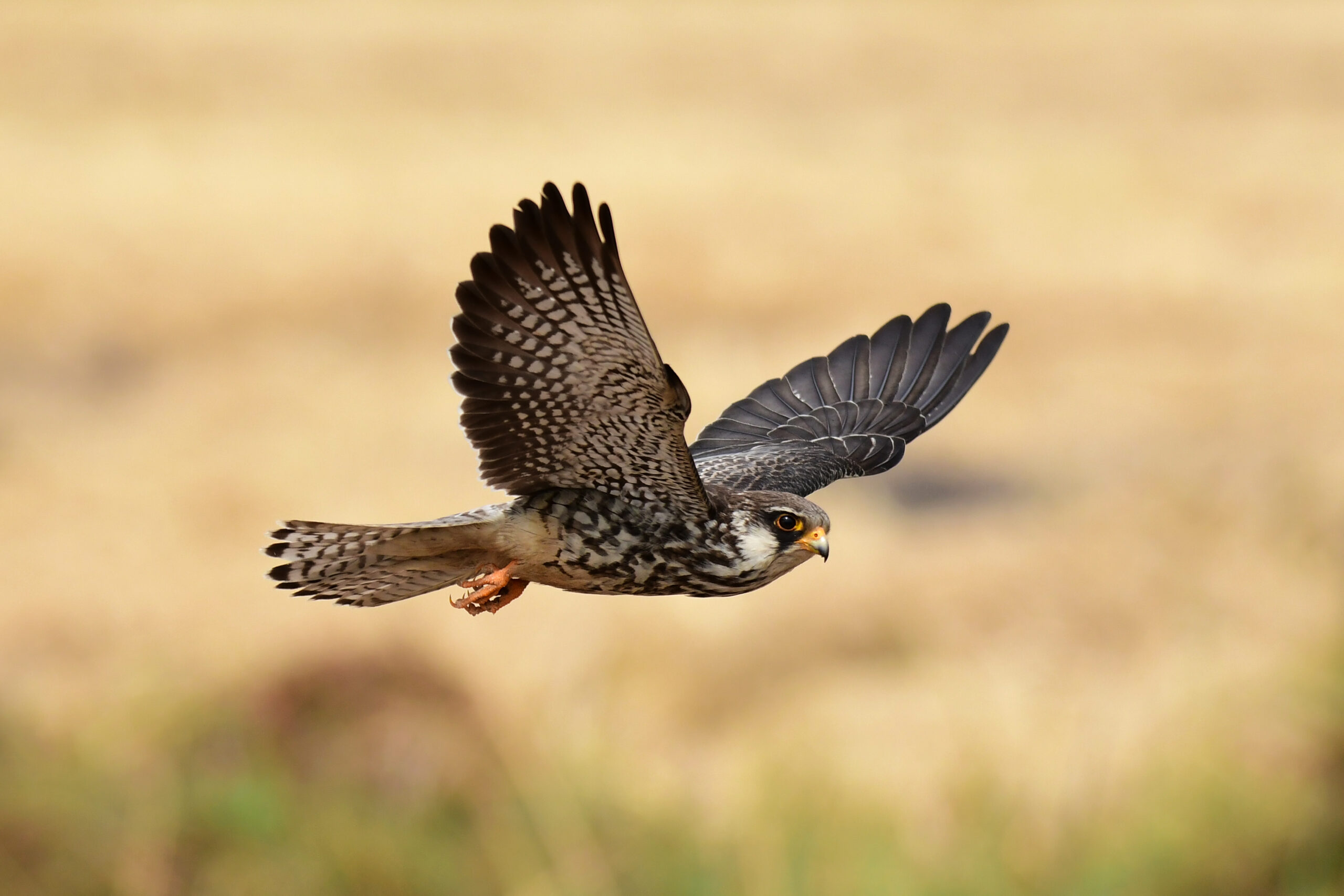
The Amur Falcon undertakes one of the longest raptor migrations, flying from eastern Asia to southern Africa. It covers up to 9,000 miles, including a non-stop flight over the Indian Ocean. These falcons travel in large flocks, feeding on insects to store energy for the journey. Their migration is timed with seasonal insect blooms, making it highly efficient. The Amur Falcon’s incredible flight highlights its precision and adaptability to changing landscapes.
Broad-winged Hawk
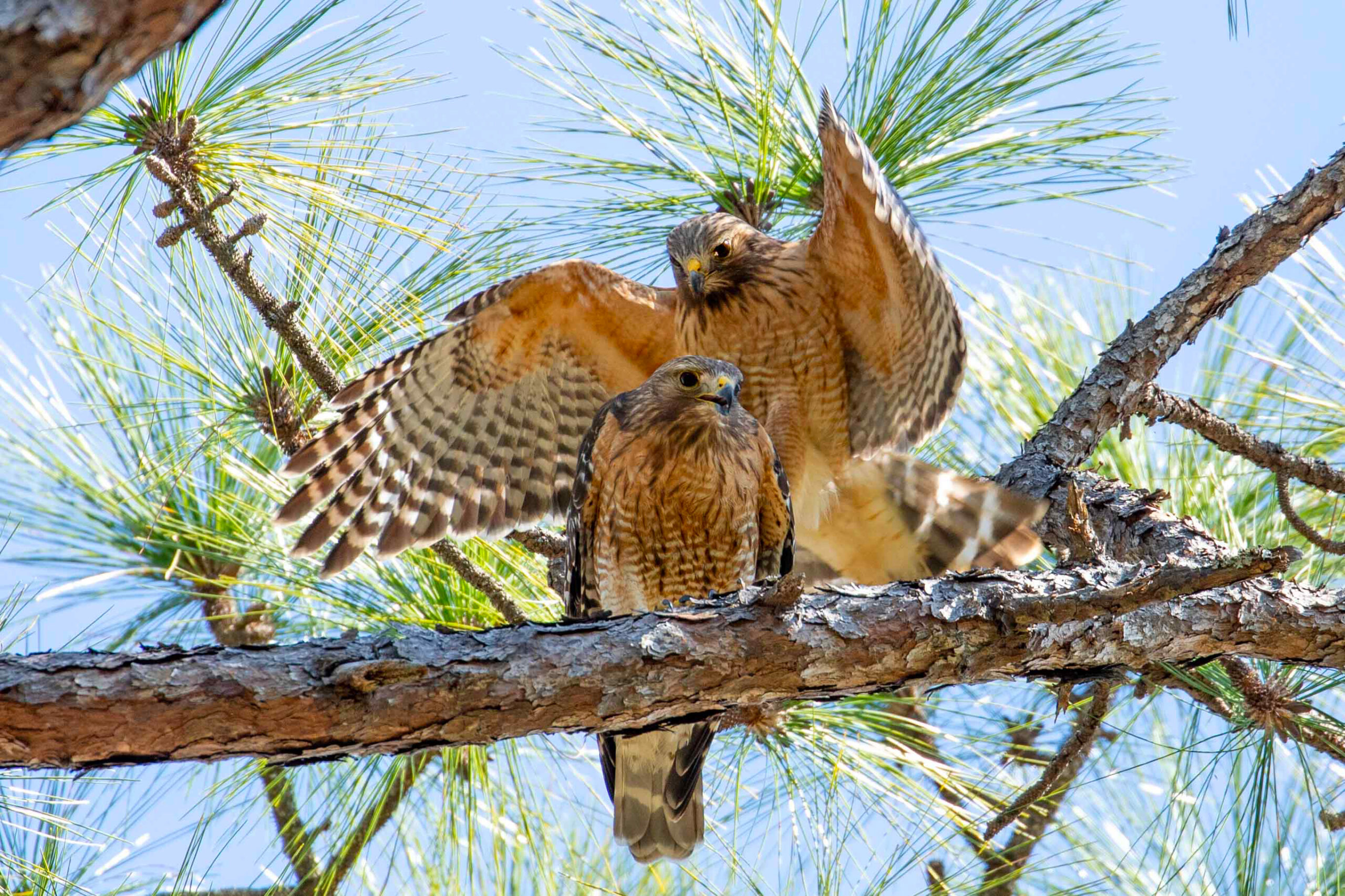
The Broad-winged Hawk migrates from North America to South America, traveling around 4,500 miles. These birds rely on thermal currents to soar over vast distances, conserving energy during migration. They fly in large groups called “kettles,” sometimes numbering in the thousands. The hawks migrate south in the fall and return north in the spring. Their journey is one of the most visually spectacular among raptors.
Glossy Ibis
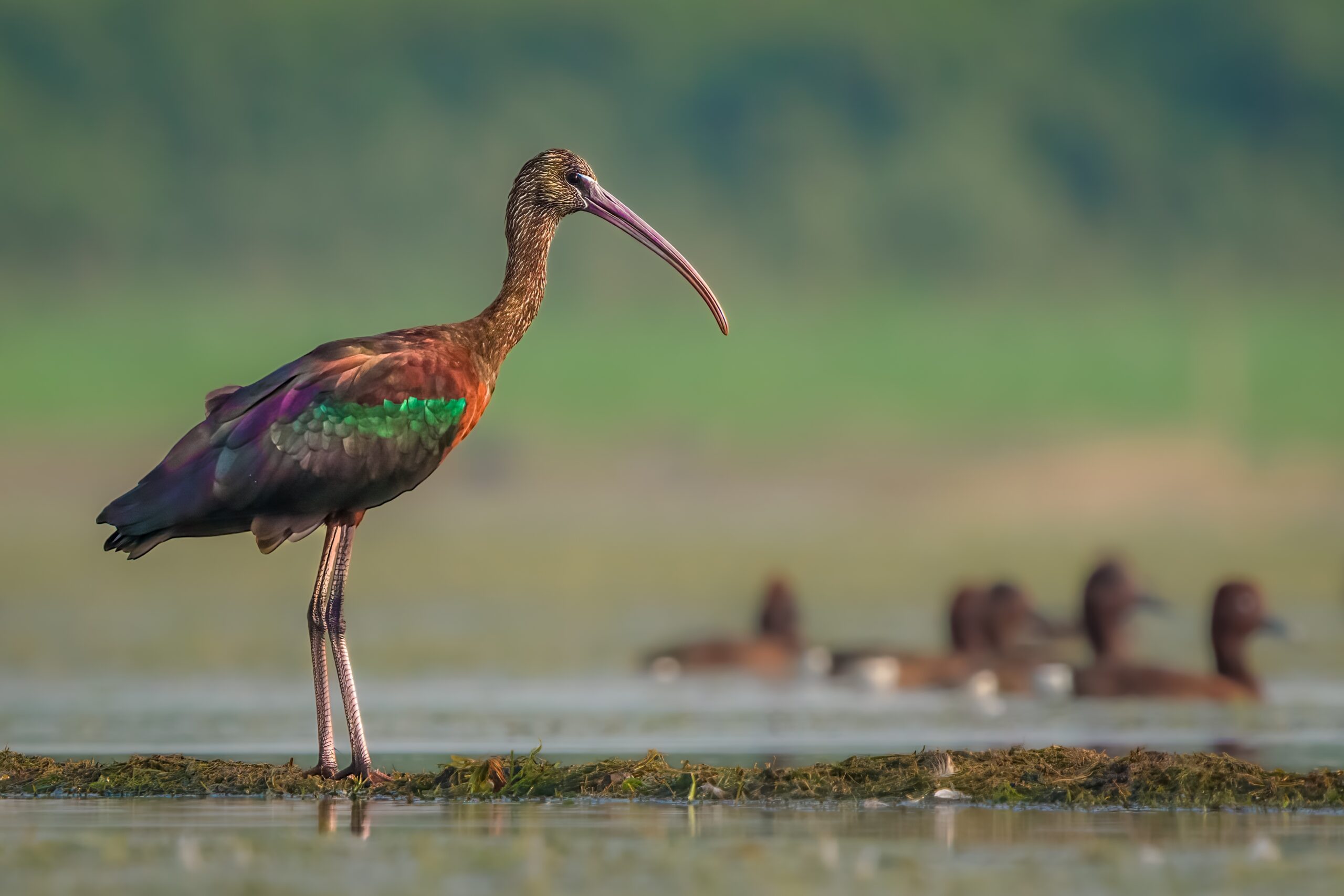
The Glossy Ibis migrates from Europe and Africa to parts of Asia and southern Africa. It covers thousands of miles, traveling along coastlines and wetlands. These birds fly in large, organized flocks, using V-formations to conserve energy. Their glossy, iridescent feathers make them stand out during migration. The ibis’s long journey is essential for finding suitable feeding and breeding grounds across diverse ecosystems.
This article originally appeared on Rarest.org.
More from Rarest.org
17 Coveted Fine China Brands for Elegant Dining

Fine china is more than just tableware; it’s a symbol of elegance and timeless beauty. When it comes to dining, choosing the right brand can elevate any occasion. Read More.
13 Coveted Antique Glassware That Fetches Top Dollar

Tiffany Favrile Glass is renowned for its iridescent finish. Each piece is hand-blown, showcasing vibrant colors that shift in the light. Read More.
20 Endangered Animals Pushed to the Brink by Habitat Loss
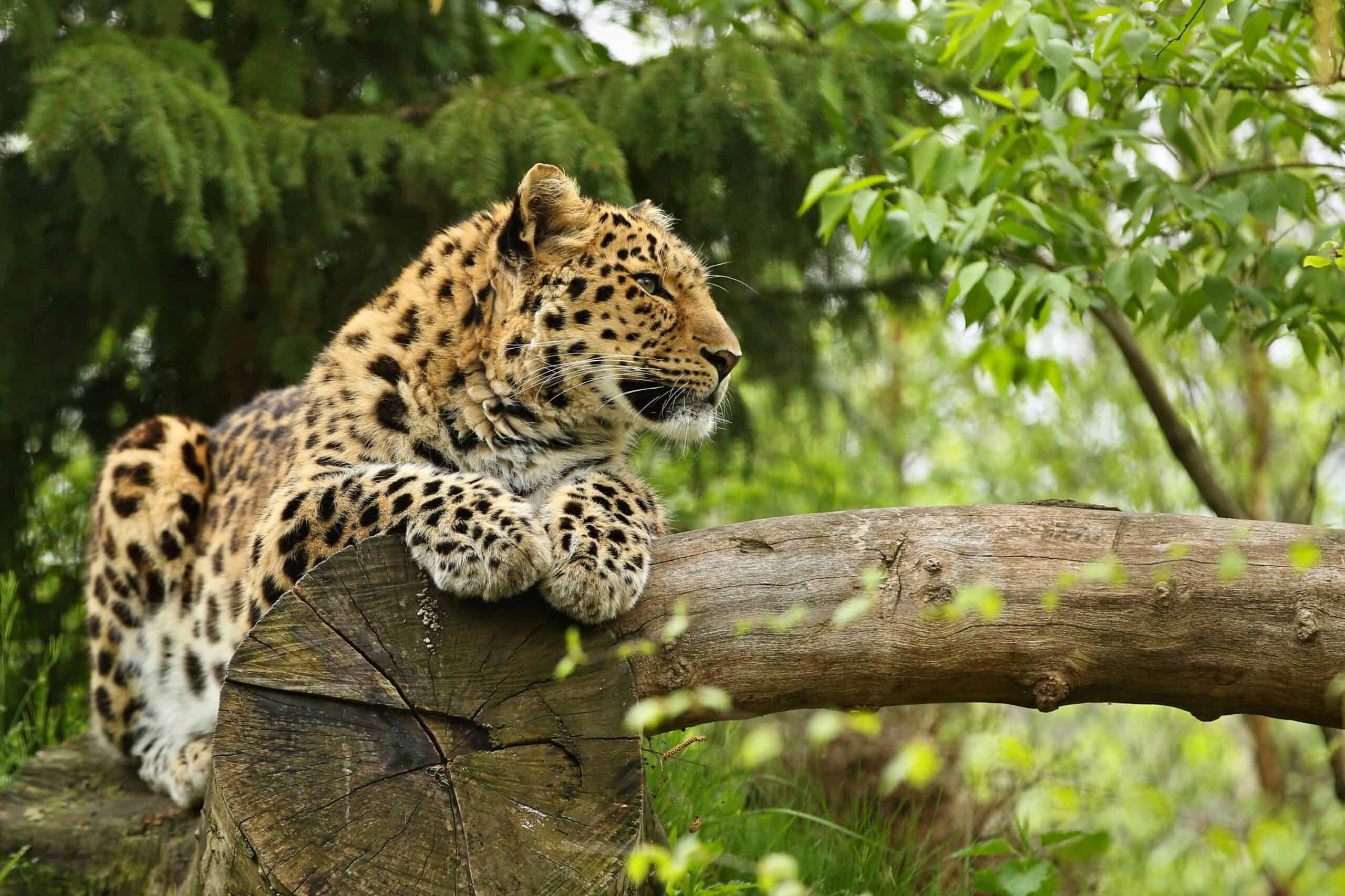
Many species are being pushed to the edge of extinction, with habitat loss playing a critical role in their decline. Read More.
